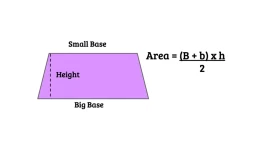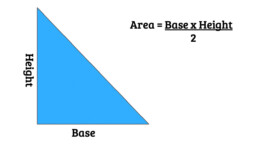How to Find the Area of a Parallelogram
Introduction
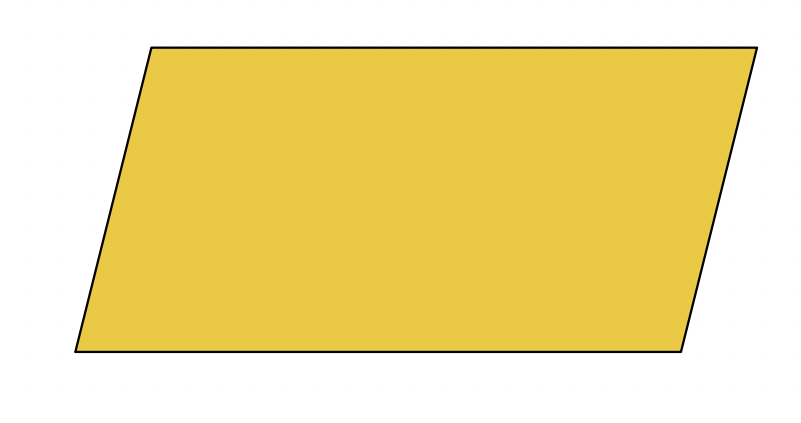
A parallelogram is a four-sided figure with opposite sides that are parallel. The parallel sides are equal in length, and opposite angles are congruent.
The area of a parallelogram is the amount of space it takes up and is measured in square units.
In this blog post, we will show you how to find the area of a parallelogram.
Formula
The formula for finding the area of a parallelogram is:
Area = Base x Height
What You Need To Find The Area
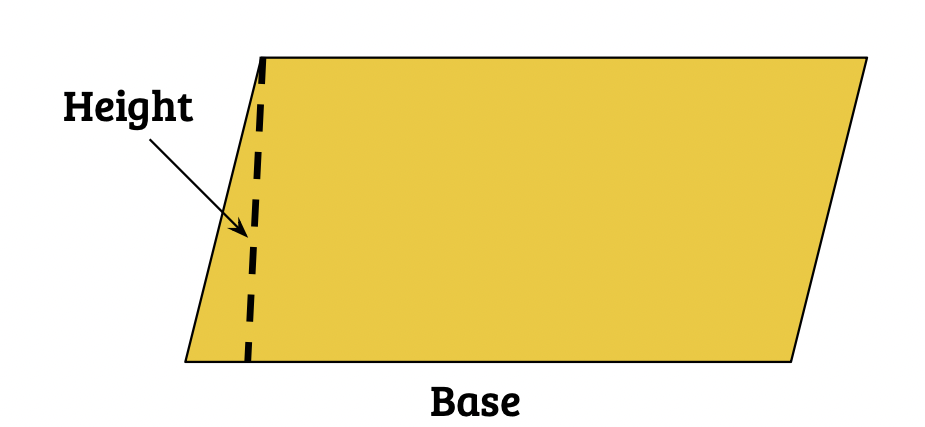
To find the area of a parallelogram, you will need to know the measurements of the base and height of the parallelogram.
The base of the parallelogram is the line segment at the bottom, and the height is the distance from the highest point of the parallelogram to its base, forming a 90 degree angle with its base.
Once you have these two measurements, you can easily substitute them into the formula to solve.
How to Find The Area
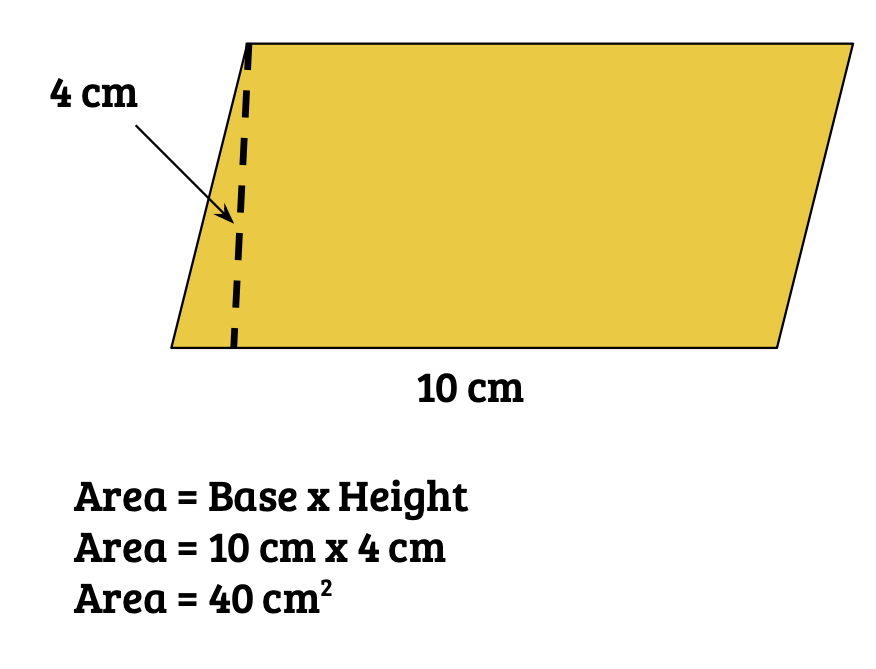
It is fairly easy to determine the area of a parallelogram when using the formula. Be sure to start with the formula and simply substitute the information to solve.
Learn More
Watch the video to learn more about how to find the area of a parallelogram.
Why is the Area of a Parallelogram Base x Height?
Ever wondered why the area of a parallelogram is base x height? Watch the video to learn more!
Conclusion
So there you have it! You now know how to find the area of a parallelogram. Now that you know how to find the area of a parallelogram, try putting this knowledge to use with some practice problems.
If you ever find yourself wondering why it is important to know how to find the area of a shape, read our latest blog here.
Good luck!


